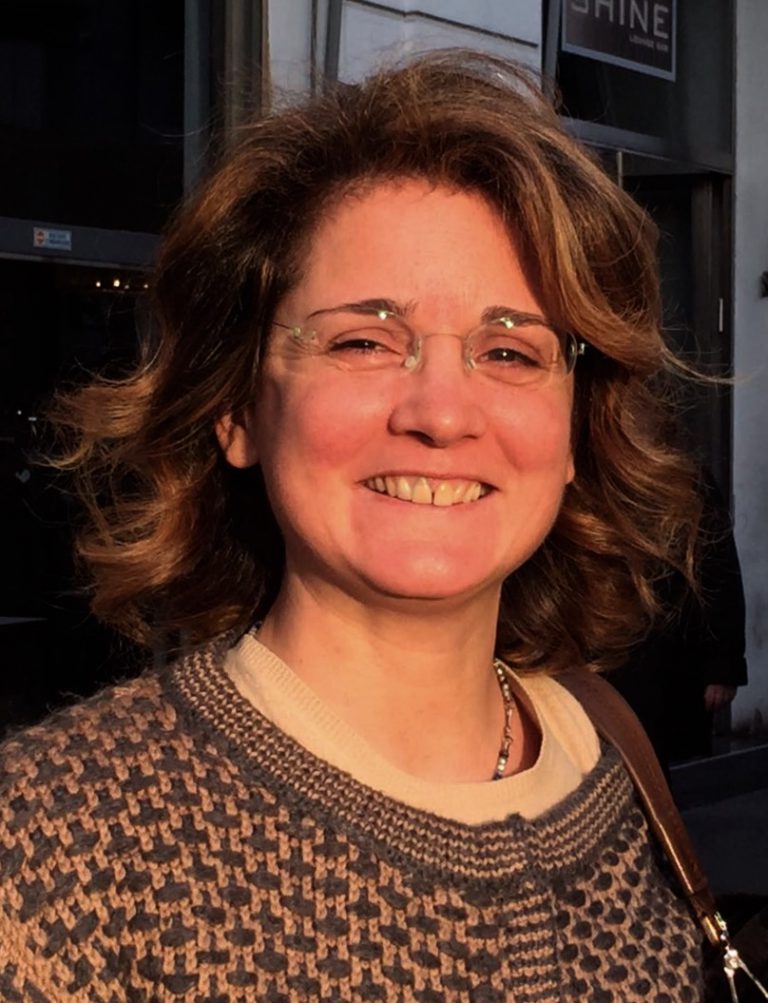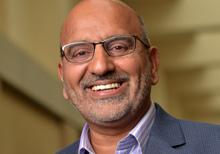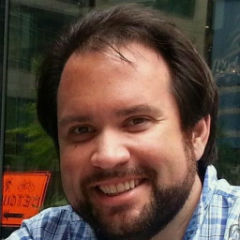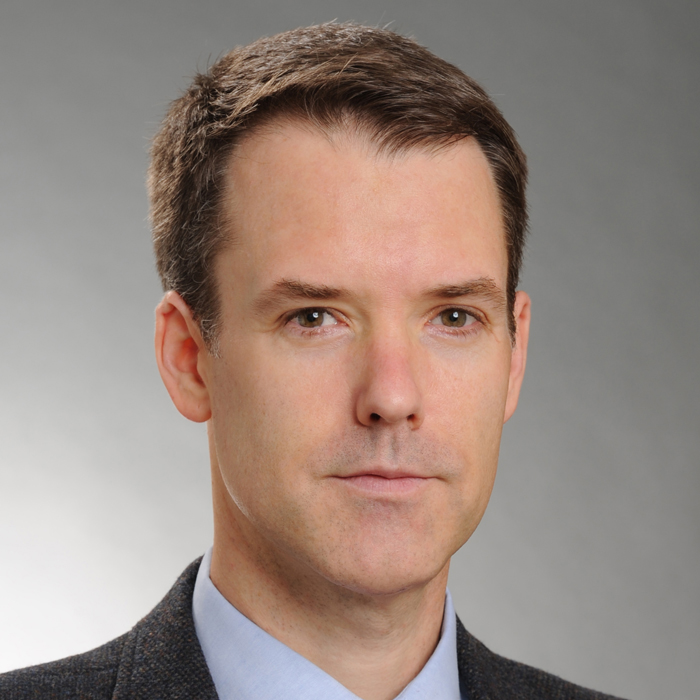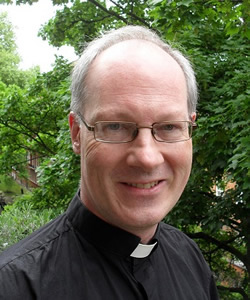Since his election in March 2013, Pope Francis has aroused enthusiasm and raised the hopes of many through the articulation and lived example of his vision of a Church open to dialogue with the modern world. Pope Francis’ recent Apostolic Exhortation, Evangelii Gaudium, is no exception, delivering an even more explicit invitation for the Church to avoid entrenchment:
“For the Church today, three areas of dialogue stand out where she needs to be present in order to promote full human development and to pursue the common good: dialogue with states, dialogue with society – including dialogue with cultures and the sciences – and dialogue with other believers who are not part of the Catholic Church.” (No.238)
Through such statements, Evangelii Gaudium reemphasizes and gives new impetus to the teachings of the Second Vatican Council on dialogue between faith and reason, religion and politics, and believers of different religious traditions—for the sake of making the world a more peaceful and just place.
Interreligious Dialogue
Pope Francis’ invitation to dialogue with non-Catholic believers, including Muslims, is motivated among other reasons by the conviction that they are also “justified by the grace of God” and that they “profess to hold the faith of Abraham, and together with us they adore the one, merciful God, who will judge humanity on the last day.” This statement had already been underwritten by two documents of the Second Vatican Councils, Lumen Gentium and Nostra Aetate, which the Pope implicitly references when he says that the “sacred writings of Islam have retained some Christian teachings.” Most importantly, Pope Francis writes that “our respect for true followers of Islam should lead us to avoid hateful generalizations,” even in the face of “disconcerting episodes of violence” and “in spite of fundamentalisms on both sides,” because “authentic Islam and the proper reading of the Koran are opposed to every form of violence.”
Against Secular and Religious Fundamentalism
The tendency to draw the kind of “hateful generalizations” the Pope wants to avoid, is not only common to Islamic and Christian fundamentalisms but to all forms of fundamentalism – militant and non-militant, religious and secular. As Scott Appleby and Martin Marty highlighted in their five volume series on global fundamentalism, a core trait of fundamentalism is the tendency to define social relations in terms of an “inside-out”, or “good and bad”, Manichean dichotomy.
So, for instance, some exponents of modern atheism have targeted the three monotheistic religions for being the main source of social warfare and violence throughout history. Their claim to possess the Truth, it is argued, coupled with the promise of eternal salvation for those who blindly follow their injunctions, make Islam, Judaism and Christianity prone to legitimizing violence and oppression. On the other hand, in virtue of their skepticism, these same atheists view themselves as tolerant of plurality, and thus less violent. This simplistic dichotomization does not take into account that religious violence represents a corruption of religion, rather than its authentic expression. It is also oblivious to the fact that modern atheism with its emphasis on unrestrained freedom and the will to power has led, or could lead, to legitimized killing.
Similarly, some Christian believers have been tempted to use a simplistic Manichean outlook to explain the difference between Christian and non-Christian Revelation. The Old Testament and the Koran, they argue, portray an image of God as a violent vindicator. On the other hand, the Gospel alone offers an image of a Merciful God. It follows, therefore, that Islam and Judaism are intrinsically vengeful religions, whereas the violence displayed by Christian believers in history is contingent and dependent on the human temptation to identify divine might with temporal power. The validity of this sort of interpretation – which judges Christian and non-Christian violence with a double standard ̶ has been called into question by a recent document of the International Theological Commission. While acknowledging that the Old Testament contains a number of instances of “violence that involve God directly or indirectly,” its authors explain that, from a historical-pedagogical perspective, the Old Testament reflects a progressive understanding of God’s revelation, in which violence is at least tempered by a lesser violence. Likewise, scholars of Islam have shown that the Koran contains the seed of a critical stance toward violence.
If true dialogue between Christian and non-Christian believers, faith and reason, religion and politics is to take place, it is essential that the temptation to define their relationship in a Manichean fashion be overcome, and that each side be open to self-critically acknowledge its errors and strengths, in the belief that “Truth enlightens all men.”

